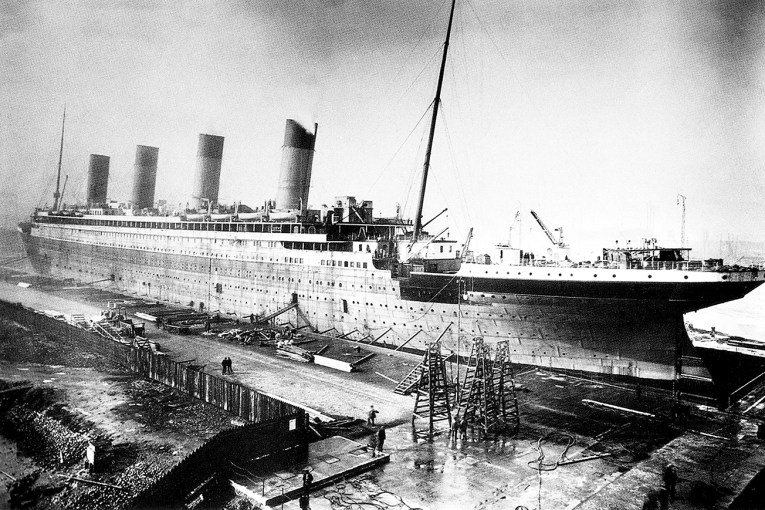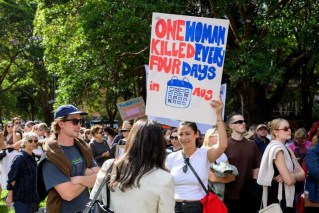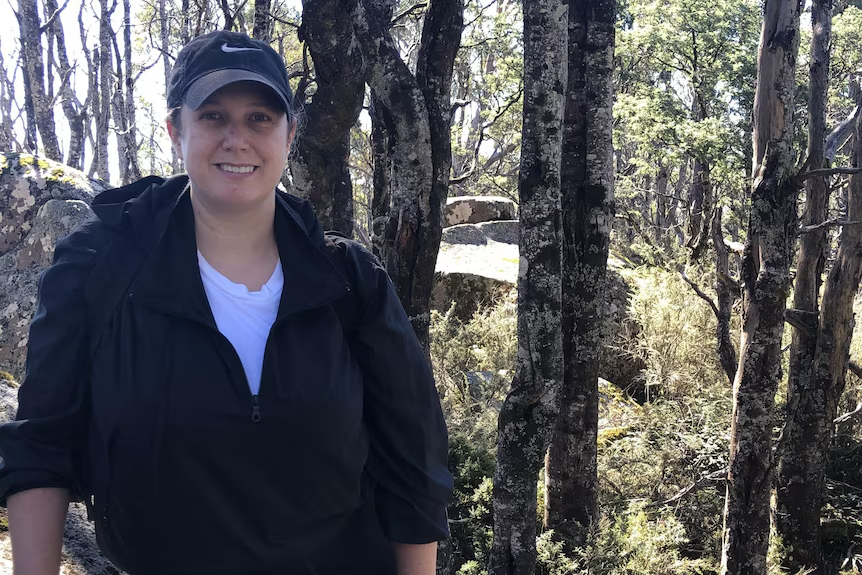Cyclone Kirrily crosses Queensland coast near Townsville

Source: BOM
Tropical Cyclone Kirrily has crossed the coast as one of the most powerful systems witnessed in the Townsville region in decades.
The second cyclone of the season made landfall between Townsville and Ingham about 10pm Thursday after barrelling towards the coast as a category three, producing gusts up to 170km/h.
Power was lost to more than 40,000 homes, mostly in Townsville – one of Queensland’s largest cities – amid warnings it might not be restored for up to four days.
Kirrily’s intensity slipped to category two just before making landfall and eased to a category one system after moving inland, with maximum gusts of 120km/h about midnight.
“It was more of a wind event than a rain event,” the BOM’s Miriam Bradbury told ABC News on Friday morning.
“The rainfall totals only reached 50 to 70 millimetres but plenty of wind damage, with many trees down and debris on the roads and that sort of thing.”
Offshore reefs registered peak gusts up to 140km/h with sustained winds above 116km/h. Closer to the coast the top gusts were 107km/h at Alva Beach and around the Townsville area, 91km/h.
‘Life-threatening’ warning
As Kirrily moves further inland, the danger zone has shifted and the threats changed for communities in its path.
The ex-cyclone was about 170 kilometres west-south-west of Townsville and continuing south-west at 24km/h about 4am on Friday.
The system was expected to weaken to a tropical low early on Friday, but could cause mayhem for inland communities west of Townsville.
A severe weather warning was issued early Friday for intense rainfall which could lead to “life-threatening” flash flooding in some areas.
The bureau said falls of up to 250 millimetres could be possible in the northern end of the tropical low.
“As the system moves inland, it will carry a lot of that moisture with it, gradually pushing it through central and then more western parts of Queensland,” Bradbury said.
The impact zone includes the Northern Goldfields and Upper Flinders district and the area inland of Tully and Ingham, gradually spreading to the west.
“Six-hourly rainfall totals between 80 to 120 millimetres are likely, with 24-hourly totals up to 180 millimetres, particularly on the northern flank of the tropical low,” warned the Bureau of Meteorology.
“Locally intense rainfall, which may lead to dangerous and life-threatening flooding, is also possible on the northern flank of the tropical low.”
Cyclone Kirrily is believed to be the strongest cyclone to hit the Townsville region since Cyclone Althea devastated North Queensland in 1971.
Kirrily approached the Queensland coast near Townsville on Thursday night as a severe category three system, producing gusts up to 170km/h.
The cyclone’s intensity eased to a category one after moving inland, with maximum gusts of 120km/h about midnight.
It capped a remarkable transformation for the system.
After lingering in the Coral Sea for days, a tropical low finally developed into Cyclone Kirrily on Wednesday.
It was then upgraded to category two on Thursday morning but took just five hours to reach category three status.
North Queensland had bunkered down by 2pm AEST on Thursday as winds intensified.
Townsville airport and more than 120 schools were closed with hundreds of emergency services on standby.
Many Australia Day ceremonies planned for Friday were cancelled while Queensland Rail services north of Rockhampton were suspended.
“You really don’t want to be outdoors with some of these gusts,” Townsville Mayor Jenny Hill said.
“It could drop a tree branch, it could pick up a piece of rubbish and hit you.”
Queensland Rail services north of Rockhampton were suspended and many Australia Day celebrations for Friday were cancelled as Kirrily approached.
Bolstered by interstate arrivals, hundreds of emergency services are on standby across the north.
More than 40,000 sandbags had already been deployed by Thursday morning.
“We’re prepared and ready for the worst – now we wait and hope for the best,” Queensland Premier Steven Miles said.
Miles pre-emptively declared a disaster and requested federal and state assistance, including Australian Defence Force support.
The cyclone was set to trigger a storm tide between Townsville and Mackay, producing larger waves and flooding.
Kirrily is the second cyclone to threaten Queensland in a month, with Jasper – a category two system – causing record flooding that devastated the far north in December.








